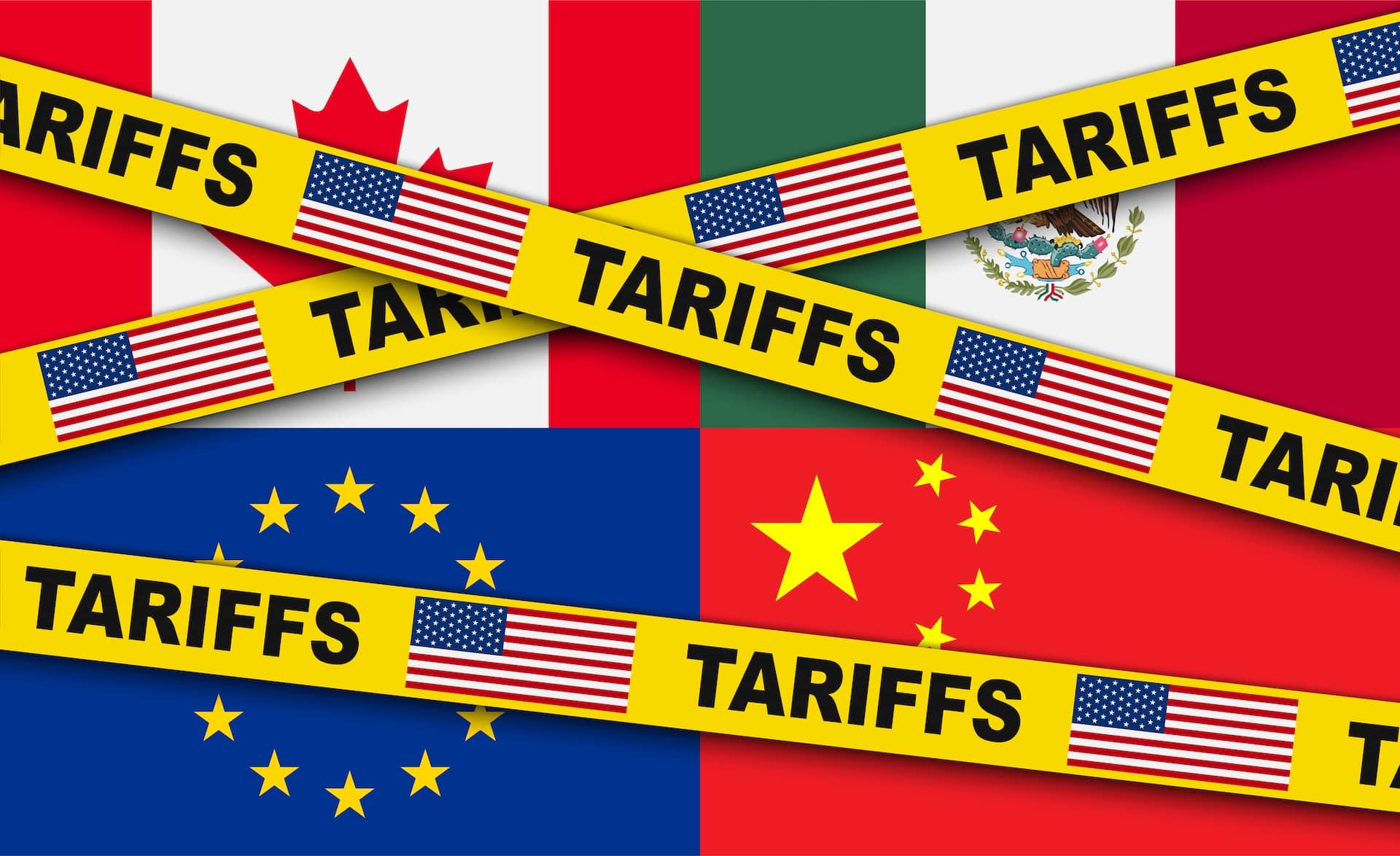Credit Sesame’s personal finance weekly news roundup September 17, 2022. Stories, news, politics and events impacting the personal finance sector during the last week.
- Consumers expect less inflation but more credit trouble
- Household wealth suffers a record loss in second quarter
- New supply chain threat averted for now
- August inflation moderate but still scary
- Stocks have worst day in over two years
- People working more to keep up with inflation
- Holiday plans include spending more due to inflation
- Free weekly credit reports may be going away
1. Consumers expect less inflation but more credit trouble
The Federal Reserve Bank of New York released its monthly Survey of Consumer Expectations. This snapshot of how consumers see the economy affecting their finances contained good news and bad news. On the positive side, consumers expect inflation to start easing. The average inflation expectation for the next twelve months is still high at 5.7%, but at least this is down from the 6.2% level in July’s survey. Consumers expect inflation to become much more moderate over a three-year timeframe, with an average expectation of 2.8% inflation by then. On the negative side, the percentage of consumers reporting that it’s getting harder to get credit was at an all-time high. This fits with the fact that consumers feel their chances of missing a debt payment over the next 3 months jumped by 1.4% in the latest survey, to 12.2%. See full report at NewYorkFed.org.
2. Household wealth suffers a record loss in second quarter
U.S. household wealth fell by a combined total of $6.1 trillion in the second quarter of 2022. That’s the largest-ever dollar loss of wealth in a single quarter. However, on a percentage basis household wealth previously suffered a larger decline back in the second quarter of 2020. In both cases, a bad market for stocks, which are a significant portion of wealth for many households, was the primary reason for the steep decline. Household wealth has now declined for two consecutive quarters, after reaching an all-time high of $150 trillion at the end of 2021. See full article at Reuters.com.
3. New supply chain threat averted for now
The Biden Administration brokered a deal between rail companies and railroad unions to narrowly avoid a September 17 strike deadline. A strike would have badly hampered freight shipments. That would have introduced new supply chain problems and contributed to inflation. The deal still has to be ratified by the union membership, which could take weeks. However, the workers have agreed not to strike during the ratification process. See full article at Yahoo.com.
4. August inflation moderate but still scary
The Consumer Price Index (CPI) rose by just 0.1% in August. While that projects to a very mild annual rate of just over 1%, several details of the inflation report were viewed negatively. The overall inflation rate was held down by decline in gasoline prices. Since energy prices vary a lot from month to month, that may not be a sustainable trend. Meanwhile, other prices continued to rise rapidly. Food costs were up by 0.8% in August, and all items other than food and energy were up by 0.6% for the month. Meanwhile, even with inflation slowing over the past two months the year-over-year increase in the CPI still stands at 8.3%. See full report at BLS.gov.
5. Stocks have worst day in over two years
The U.S. stock market experienced steep losses on September 13, largely in reaction to the inflation report. The S&P 500 lost 4.3%, while the tech-heavy Nasdaq Composite lost 5.2%. It was the worst day for the major stock indexes since June of 2020. Treasury yields rose, which is another sign that investor concern about inflation is growing. Along with those inflation concerns comes a growing consensus that the Fed is likely to announce another 75 basis point rate increase when it meets next week. See full article at Yahoo.com.
6. People working more to keep up with inflation
A Census Bureau report showed that household income slipped slightly in 2021, after adjustment for inflation. The median household brought in $70,784 in 2021, a little less than the inflation-adjusted figure of $71,186 for 2020. While the Census Bureau characterized the difference as not statistically significant, it took more effort for households to maintain essentially the same level of inflation-adjusted income. While the total number of employees was roughly unchanged from 2020 to 2021, there was an increase of 11.1 million in the number of full-time, year-round workers. That suggests many people shifted to working part time to full time in 2021. Despite that, inflation-adjusted household incomes did not increase overall, and they decreased by 4.1% among people who had been working full time all along. See full release from Census.gov.
7. Holiday plans include spending more due to inflation
A new survey indicates that Americans plan to spend 7.1% more in the upcoming holiday shopping season. With inflation up by 8.3% over the past year, the increase reflects higher prices rather than plans to buy more. Because the inflation rate is higher than the increase in spending plans, people would be spending more but buying less due to higher prices. Another significant trend is the return of in-person shopping. People expect to spend 7.9% more shopping in person this year, but only 4.2% more shopping online. That would reverse the trend of online shopping growing faster in recent years. See article at RetailDive.com.
8. Free weekly credit reports may be going away
By law, consumers are entitled to one free credit report per year from each of the three major credit reporting bureaus. However, during the pandemic’s severe economic disruptions consumers were given weekly access to free credit reports. That free weekly access is scheduled to expire at the end of this year. Unless that deadline is extended, consumers who want to continue keeping a close eye on their credit records need to find alternate ways of getting the information. See article at ConsumerReports.org.




















